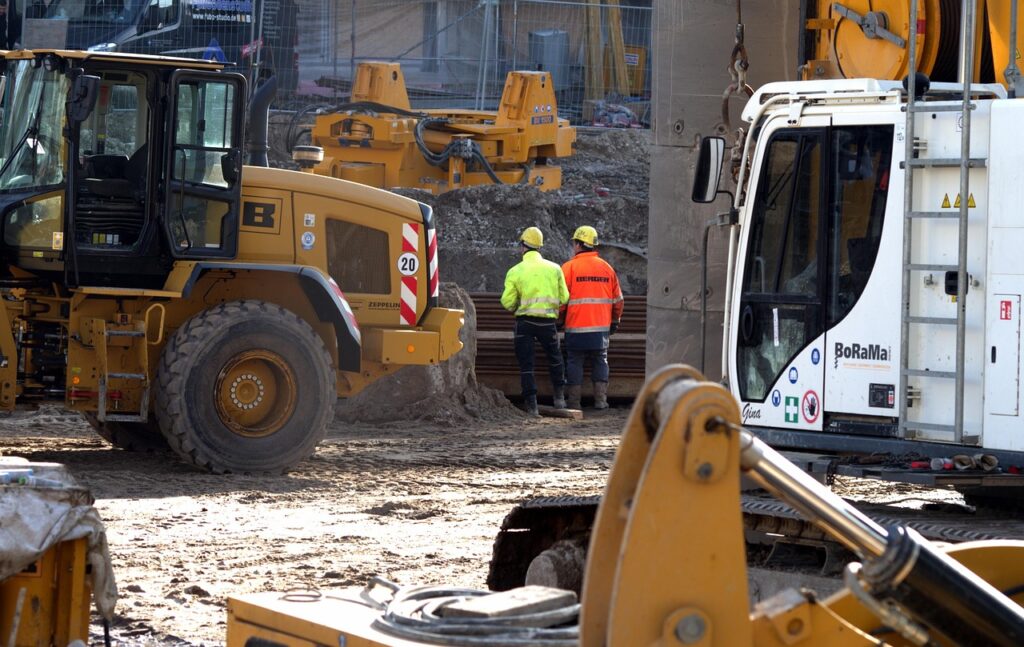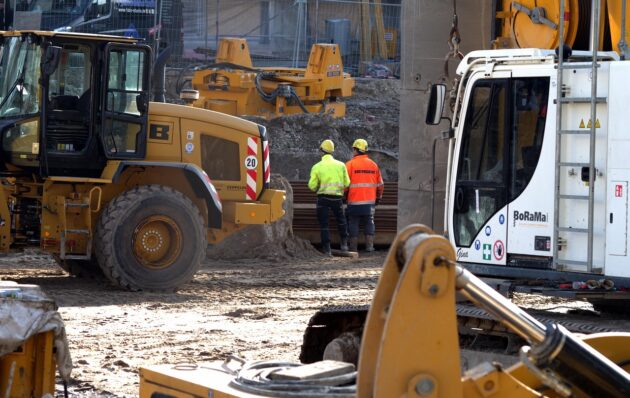
Commercial construction projects are massive undertakings that involve significant coordination, complex logistics, and tight deadlines. A single delay can ripple across the entire timeline, leading to lost revenue, contract penalties, and strained stakeholder relationships. Whether you’re building a retail center, office tower, or industrial facility, the key to timely delivery lies in strategic, proactive planning.
When project timelines are missed, the root cause often stems from decisions, or indecisions, made during the planning phase. The more thoughtful and thorough your approach before breaking ground, the smoother your project will run from day one. Reducing delays isn’t about working faster, it’s about working smarter.
Table of Contents
Involve the Right Professionals Early
One of the biggest mistakes in commercial construction is waiting too long to engage key players. Architects, engineers, and contractors should be part of the conversation early, ideally during the conceptual stage of the project.
Early collaboration between disciplines ensures alignment on scope, budget, and feasibility, which helps prevent design conflicts and costly rework down the line. For example, Mercury Construction and other expert architectural design and construction services bring a holistic approach to project planning, allowing developers to make informed decisions from the start. These firms integrate design, engineering, and build expertise under one roof, streamlining communication and reducing handoff errors that can slow progress.
By bringing professionals into the process early, teams can anticipate zoning concerns, permitting timelines, and environmental factors that might otherwise cause last-minute disruptions. Having everyone at the table from the beginning creates a shared understanding of priorities and helps establish a more accurate project roadmap.
Define Clear, Achievable Project Milestones
Construction delays often occur when expectations are vague or unrealistic. That’s why clearly defined milestones are critical. Each stage of the project, from site preparation to foundation work to interior fit-out, should have a measurable completion target and accountability assigned to the relevant team.
Establishing a detailed project timeline helps identify dependencies, such as which tasks can proceed concurrently and which must wait for preceding work. Tools like Gantt charts or integrated project management platforms enable real-time tracking, early warning signs for delay risks, and better communication across departments.
Realistic scheduling allows time for inspections, approvals, and potential weather disruptions. It’s not about padding the timeline unnecessarily, it’s about acknowledging real-world variables and planning for them upfront.
Prioritize Permitting and Regulatory Compliance
Permitting can be one of the most time-consuming and unpredictable aspects of commercial construction. Every municipality has its own process and timelines, and failing to meet permitting requirements can halt a project before it even starts.
To prevent this, assign someone to oversee permitting and compliance from day one. This includes understanding the specific zoning, environmental, safety, and accessibility regulations that apply to the project. Engage with local authorities early and maintain open lines of communication to avoid last-minute surprises.
Pre-submittal meetings with city planners or building inspectors can identify red flags before they become delays. When your plans reflect code requirements from the outset, you’re more likely to get fast-tracked approvals and avoid costly revisions mid-project.
Establish a Solid Budget With Contingencies
Financial overruns are a frequent contributor to construction delays. When the budget is stretched too thin or poorly planned, projects grind to a halt while teams scramble for solutions. One of the most effective planning strategies is to build a comprehensive budget that includes contingencies for material price fluctuations, unexpected labor costs, and unforeseen site conditions.
Work closely with your cost estimator or financial planner to identify potential variables and create financial cushions that allow for flexibility without derailing the timeline. Transparent financial planning keeps all stakeholders aligned and prevents disputes when change orders or cost escalations arise.
Maintain Open, Ongoing Communication
Even the best-laid plans can fall apart without clear and consistent communication. Misunderstandings between teams, whether on-site workers, subcontractors, or upper management, can lead to scheduling conflicts, repeated work, or unsafe conditions that bring everything to a stop.
Create a communication strategy that includes weekly check-ins, progress updates, and a clear protocol for reporting issues. Modern collaboration tools like cloud-based project management software or mobile apps allow everyone to stay informed, regardless of location.
Monitor Progress and Adapt Quickly
Smart planning includes room for agility. As construction progresses, circumstances can and will change, weather events, supply chain disruptions, or labor shortages may threaten the timeline. The most successful projects are those where the team is prepared to adapt quickly.
Use analytics and real-time reporting tools to monitor progress against milestones. If a delay begins to form, the team should assess the cause immediately and explore solutions such as resequencing tasks, sourcing alternative materials, or adding additional crews where feasible.

Delays in commercial construction can be costly, but many of them are preventable with smart, proactive planning. By involving experts early, defining clear milestones, securing permits promptly, budgeting with foresight, maintaining strong communication, and staying adaptable, developers can keep projects on track and on budget. In a high-stakes industry where time truly is money, a thoughtful planning approach is your best insurance against setbacks. Every day saved through smart planning strengthens your reputation, reduces risk, and accelerates your return on investment.
